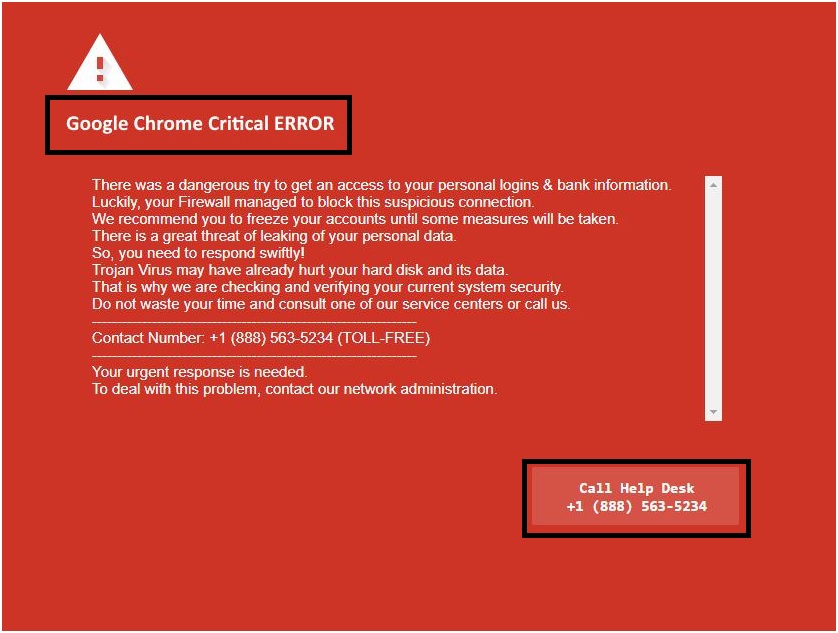

#NN3DS SOUNDHACK RED SCREEN ANDROID#
I have an Android based Samsung tablet which I wish to use as access point for all my variable star charts while at the eyepiece, instead of using their printed versions. Also, since I observe at sites that are often dewy, the goggles tended to fog up. For me, since I have to wear glasses under the goggles in order to see the sky or read, the goggles just got in the way. They are at the back of my closet along with a GEM finder scope, 6x30 straight-throughs, counterweights, and printed star atlases, all stuff I don't use any more. The way you wrote about Samsung and Galaxy S3, I thought you already had an AMOLED. I have a dog in the race? I could take that the wrong way, but I'll let it go. Works for me, I mostly observe alone, the red goggles block light from sources other than the screen. I prefer the red goggles to the red screen. You have a dog in the race, you are just not sure you want it.Īs far as AMOLED screens go, I have no actual experience with them, I only know what others have said. What Samsung model do you have, by the way? Also at the EP it's much more convenient to have a phone than a tablet, the former from Samsung is commonly coming with decent AMOLED nowadays. Just experiment with one and find the best combination of color darkness and screen brightness. Upload the resulting folder to the tablet and create an album from them in that app.īingo! You have your own pseudo-app for VS observing with the full-screen red mode you like (I'd recommend multiplying not on the bright red (#f00) but something like (#500) - much darker red. Apply that script to a folder with charts.Ĥ. Both Photoshop and Gimp have the macro mode, where you do some image processing just once, saving steps as a script along the way.ģ. Then get all of your charts processed in Photoshop or Gimp on a desktop PC/Mac inverting images to have white stars on the black background and then multiply it by the overlay painted in red (monochrome red is #f00 or #ff0000).
#NN3DS SOUNDHACK RED SCREEN FULL#
Try some of them dedicated to tablets and select one providing the simple finger swipe slideshow in true full screen on the tablet (it must be able to hide the navigation bar at the bottom), preferably with the dark user interface option (some Android apps switch the interface to the dark mode at night time automatically).Ģ. There are plenty of Android photo album apps showing images in full screen.

There is another great way around for that particular task.ġ. In any case, observers are mistaken when they say that tablets and smart phones can't be dimmed enough for use at dark sites. Maybe even with AMOLED, it would still be a good idea, if the screen cannot be dimmed sufficiently for dark sky use. In the meantime, the best way to go is the Xtra Dark Cling. My Asus Android tablet that I bought several years ago doesn't have AMOLED either. Sometimes I'd rather read a book or go for a walk, you know, old school stuff.Īpple should switch to AMOLED. There's not enough time in the world to do it all. I don't keep up with all this tech all the time. I did not even know that AMOLED screens existed until about a year ago. But I wanted an iPhone, partly because of the wider choice of apps for astronomy, partly because I wanted to try an Apple.

The next big thing has been here for 5 years. That Samsung ad, "The next big thing is already here", When you buy Apple, you get what Apple gives you.


 0 kommentar(er)
0 kommentar(er)
